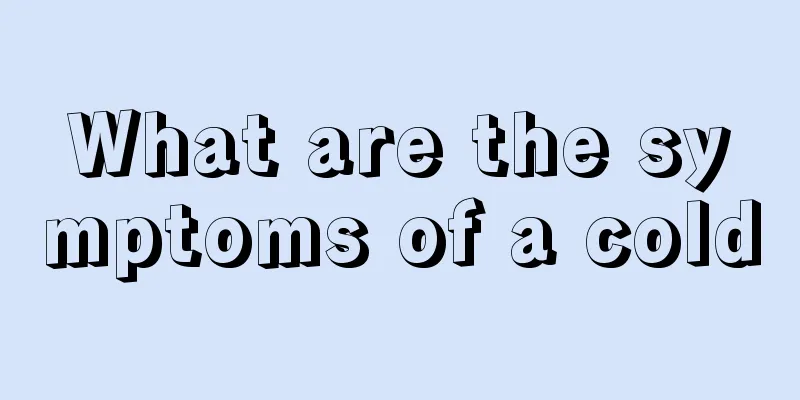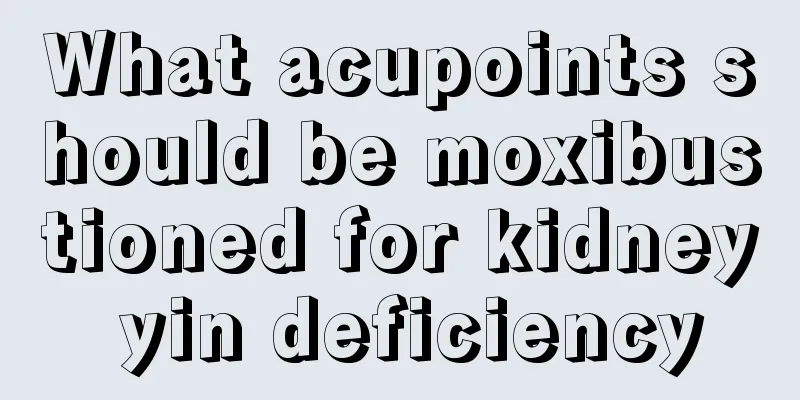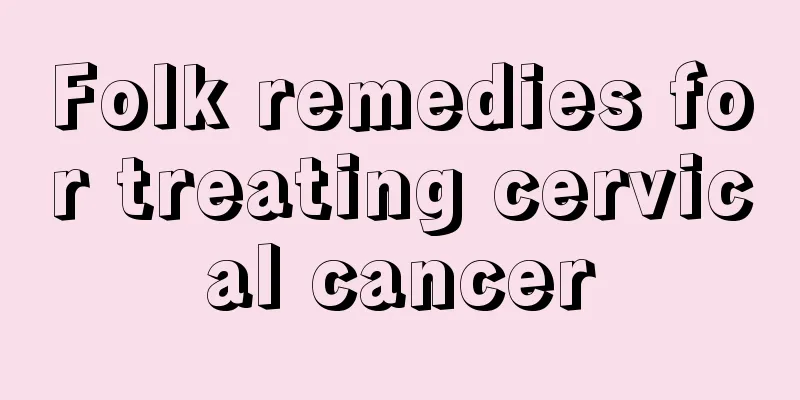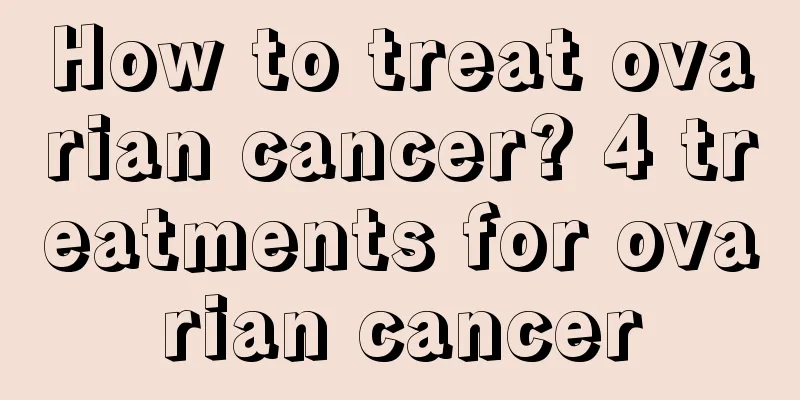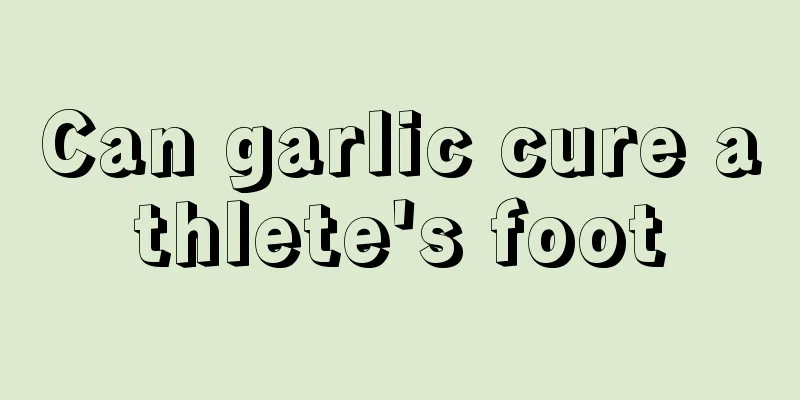Treatment of acute suppurative cholangitis
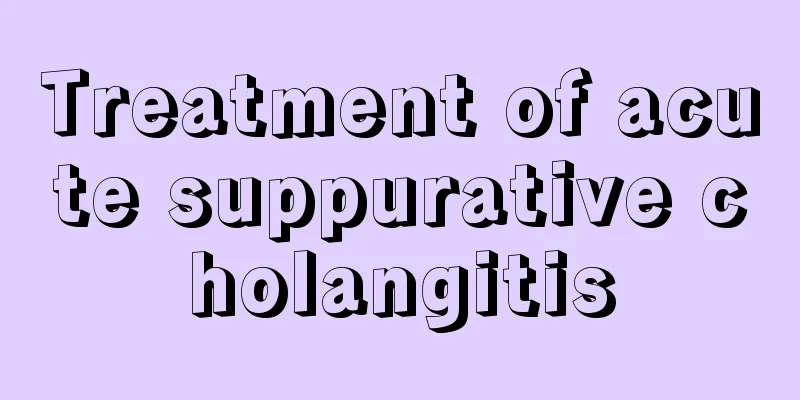
|
The treatment of acute suppurative cholangitis requires certain principles. If the condition is not too serious, some non-surgical treatment methods can be adopted. However, for many patients, non-surgical treatment is ineffective. If it has become acute suppurative cholangitis, surgical treatment is recommended. 1. Treatment principles Surgery or ERCP with nasobiliary drainage relieves bile duct obstruction, decompresses the bile duct, and drains the bile duct. However, in the early stages of the disease, especially acute simple cholangitis, when the condition is not too serious, non-surgical methods can be used first. About 75% of patients can achieve stable condition and control infection, while the other 25% of patients are ineffective for non-surgical treatment and develop from simple cholangitis to acute obstructive suppurative cholangitis, and should be promptly switched to surgical treatment. 2. Non-surgical treatment This includes the use of antispasmodic, analgesic and choleretic drugs, and gastrointestinal decompression is also often used. The combined use of large doses of broad-spectrum antibiotics is very important. Although the concentration of antibiotics in bile cannot reach the concentration required for treatment when bile duct obstruction occurs, it can effectively treat bacteremia and sepsis. Ultimately, the appropriate antibiotics must be adjusted based on blood or bile bacterial culture and drug sensitivity tests. If shock exists, anti-shock treatment should be actively given. If there is no significant improvement in the condition within 12 to 24 hours after non-surgical treatment, surgery should be performed immediately. Even if shock is difficult to correct, surgical drainage should be sought. For cases with severe symptoms at the beginning, especially those with deep jaundice, surgery should be performed promptly. 3. Surgical Method It should be simple and effective, mainly ERCP nasobiliary drainage or bile duct incision, exploration and drainage. It should be noted that the drainage tube must be placed proximal to the bile duct obstruction. Drainage distal to the obstruction is ineffective and the condition cannot be relieved. If the condition permits, the inflamed gallbladder can be removed, and the lesions in the bile duct can be completely resolved after the patient has passed the critical period. |
<<: Symptoms of acute cholangitis
>>: What to do with soft tissue injury
Recommend
Is glacial acetic acid poisonous?
People may not have heard of glacial acetic acid ...
How to remove oil stains from clothes
As living standards continue to improve, more and...
What are the hazards of insulation board to human body
Insulation boards may be relatively unfamiliar to...
How to enhance the heart's blood supply capacity
The heart is the headquarters of blood transporta...
Is red pork better or white pork?
Many people are not good at choosing pork when bu...
What are the treatments for pituitary tumors? Is the recurrence rate of pituitary tumors high after surgery?
Pituitary tumors are common benign tumors with an...
What causes numbness in fingertips? 10 signs of disease
When numbness occurs in the fingertips, we should...
What face shape is suitable for a small upturned nose
The small upturned nose is a very popular nose sh...
The difference between groin skin tags and warts
In life, many people cannot tell the difference b...
Dietary remedies for patients with different symptoms of cervical cancer
Cervical cancer is one of the common malignant tu...
How should patients with bladder cancer take care of their health?
Bladder cancer is a malignant tumor, so it should...
Analyzing the causes of several common skin cancers
With the advancement of medical research, there i...
What causes coughing after picking earwax
Many people will associate certain symptoms when ...
Can oranges be used to make wine?
Grapes are a common fruit in our lives, because t...
Is latex pillow good
As people's life pressure increases, they pay...

